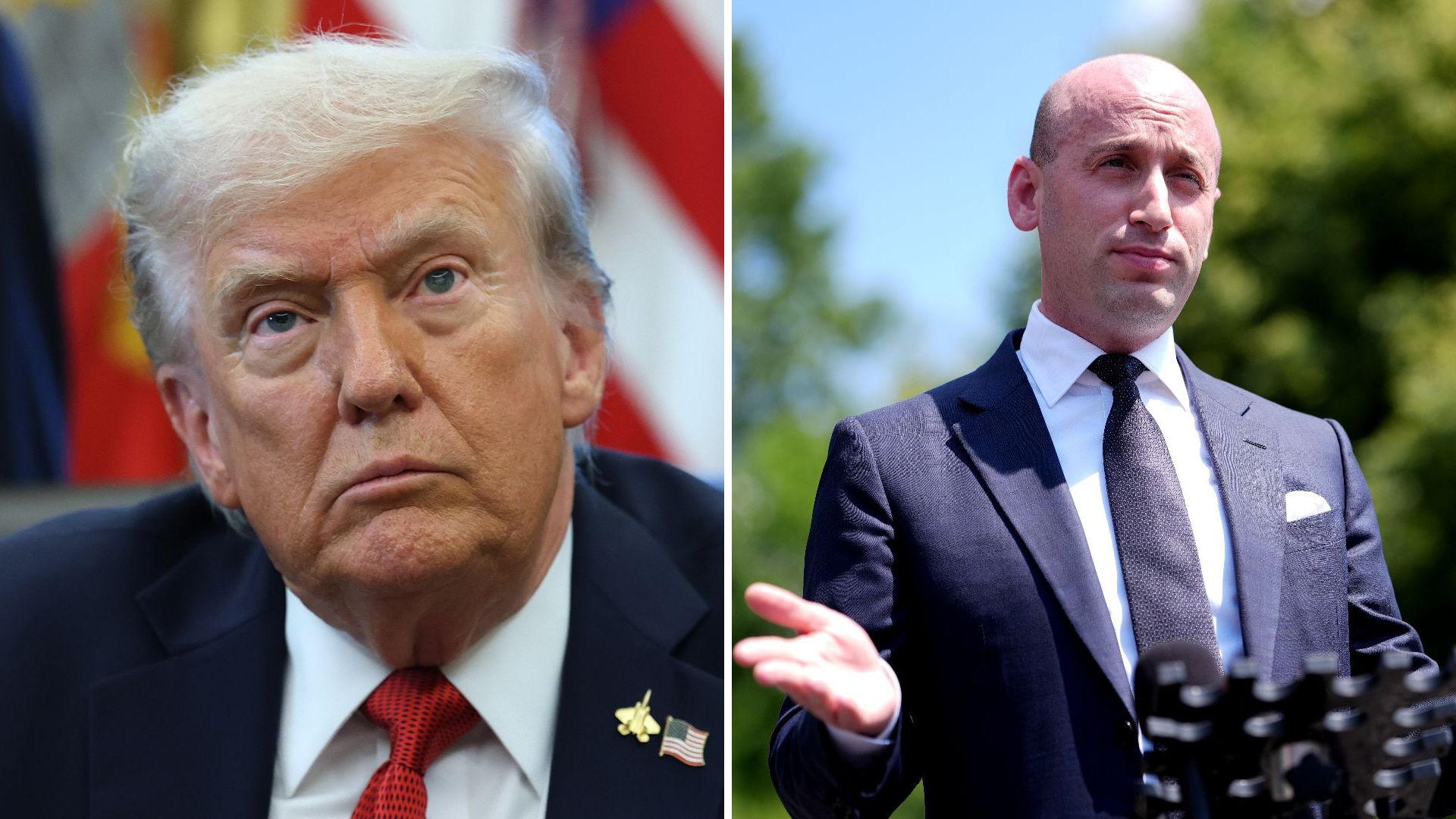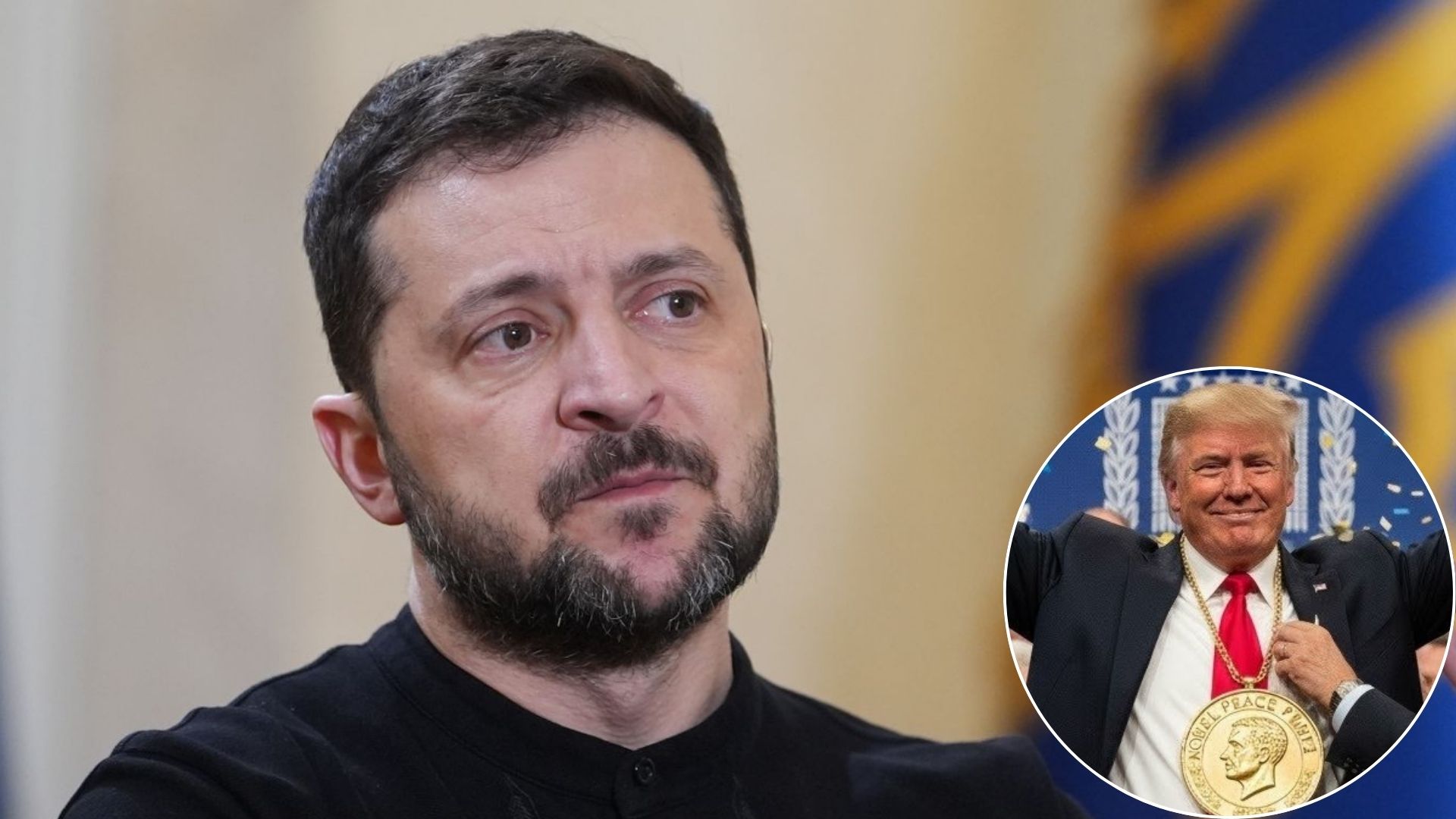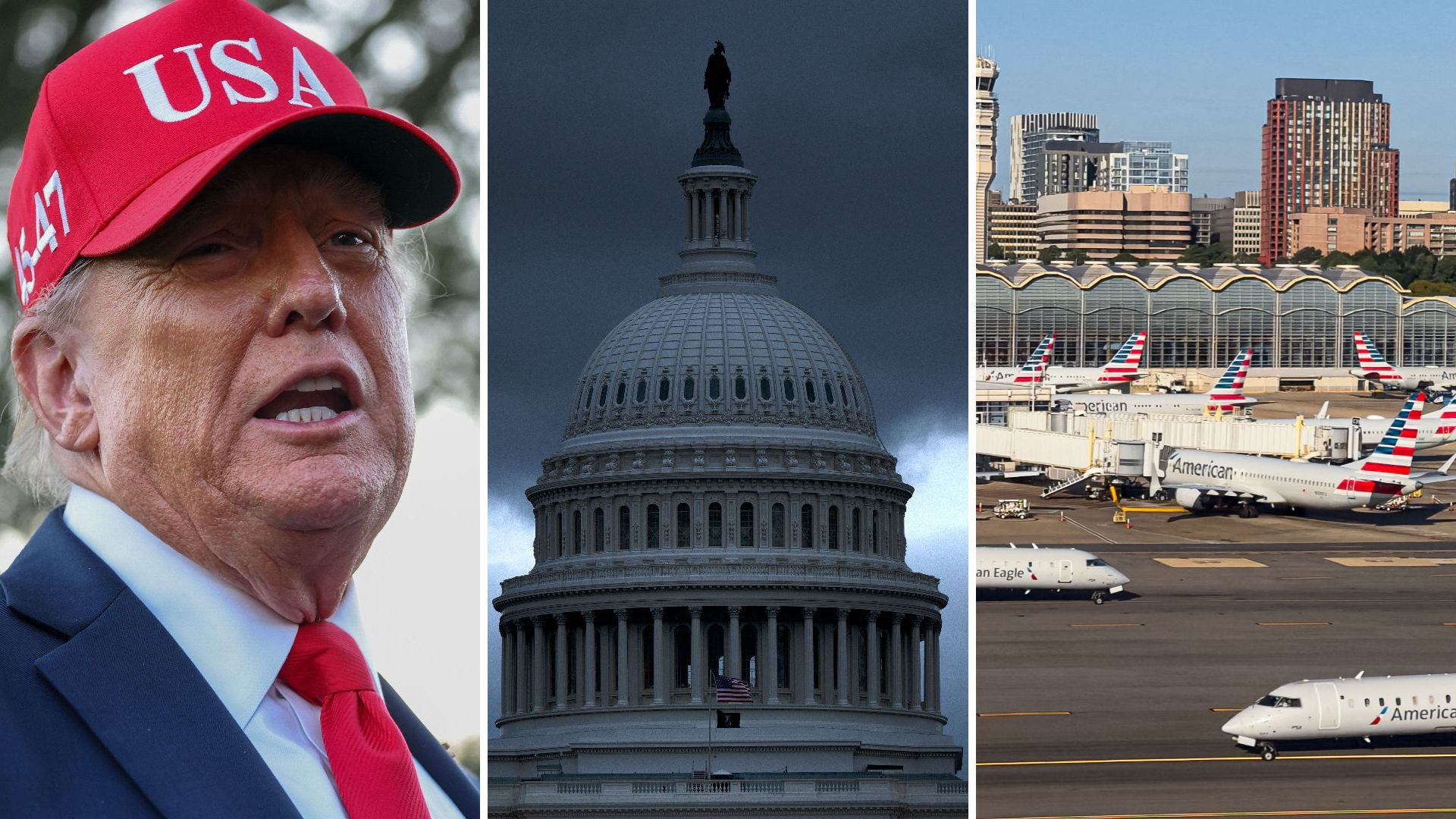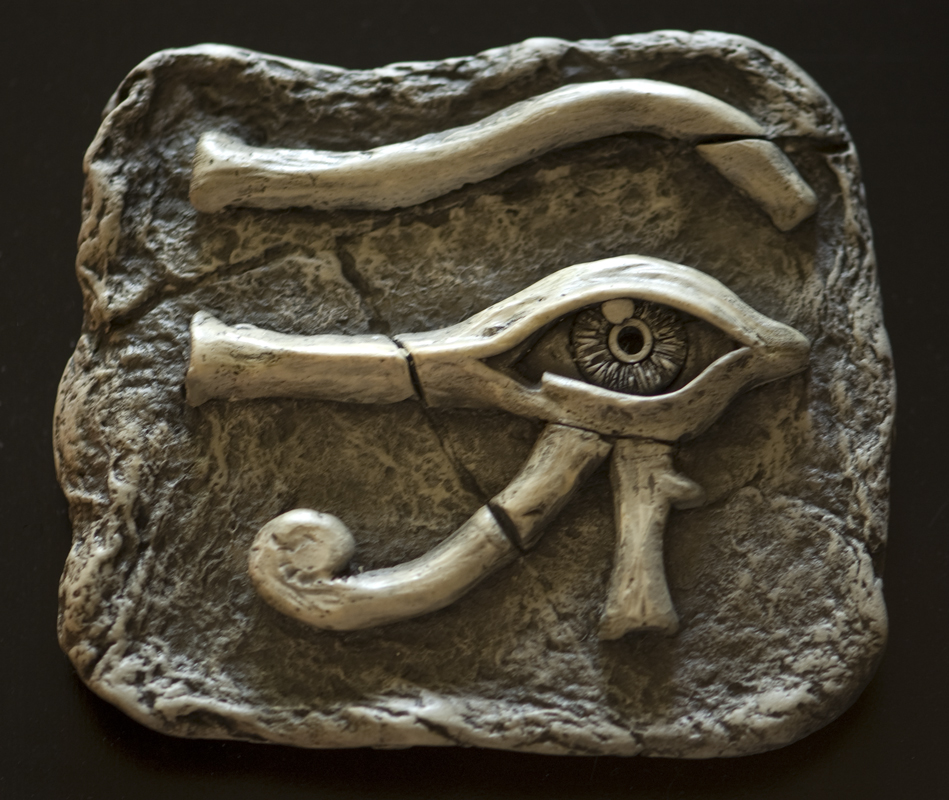
The Eye of Ra, a powerful emblem in Ancient Egypt, took the form of a lioness or a radiant sun disk with a singular, commanding eye. Closely tied to the Sun God Ra—ruler of the sky and creator of life—it represents divine authority and celestial might. Beyond its link to Ra, the Eye also echoed the revered Eye of Horus.
The Sceptre Of Sovereignty
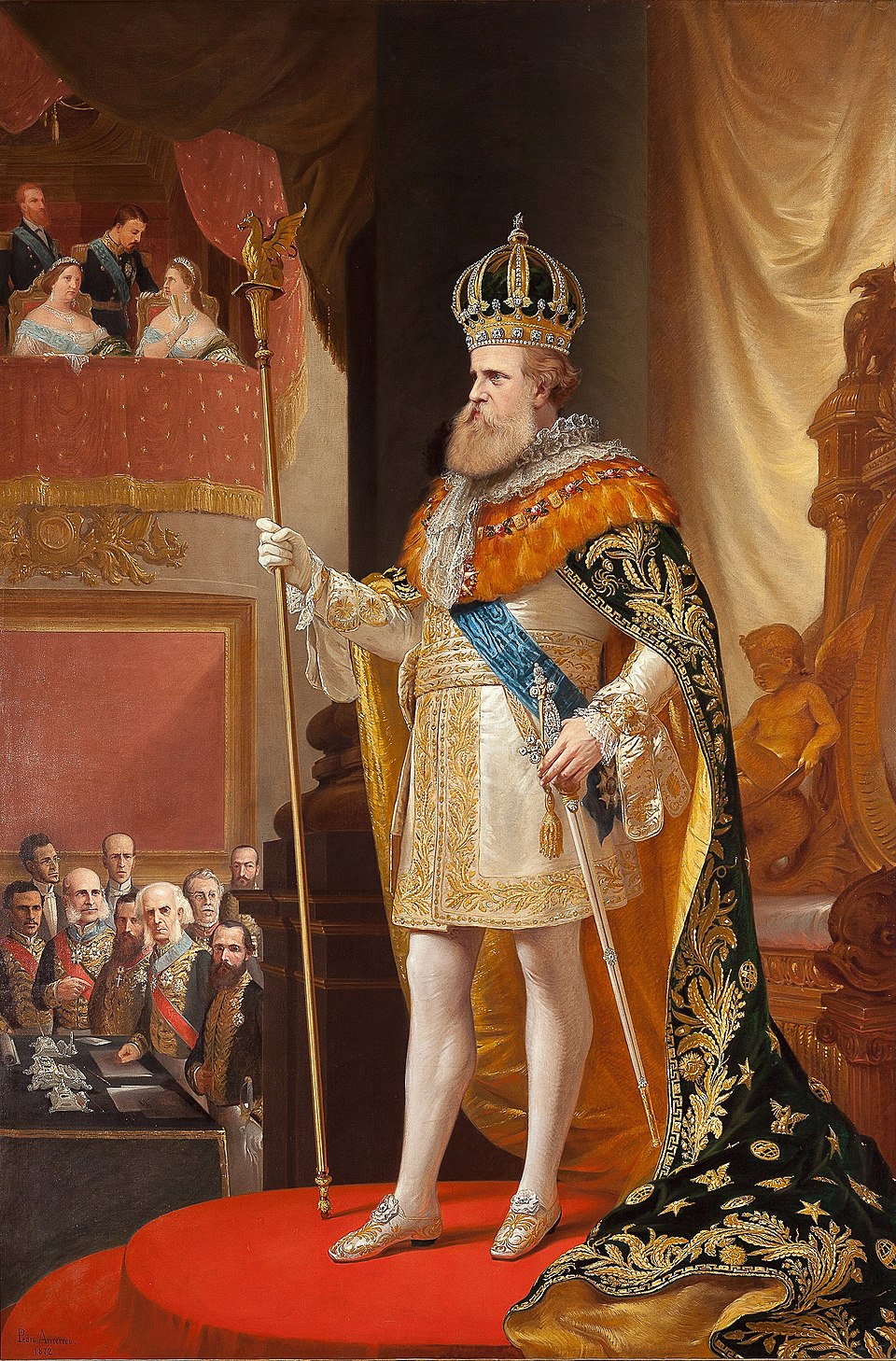
Crafted from gleaming gold and encrusted with precious gems, the sceptre stood as a radiant symbol of royal authority. In medieval times, kings and queens bore it proudly, asserting their right to rule as earthly agents of heavenly will. Presented during coronation ceremonies, the sceptre also represented the monarch’s command over church and state alike.
The Lion
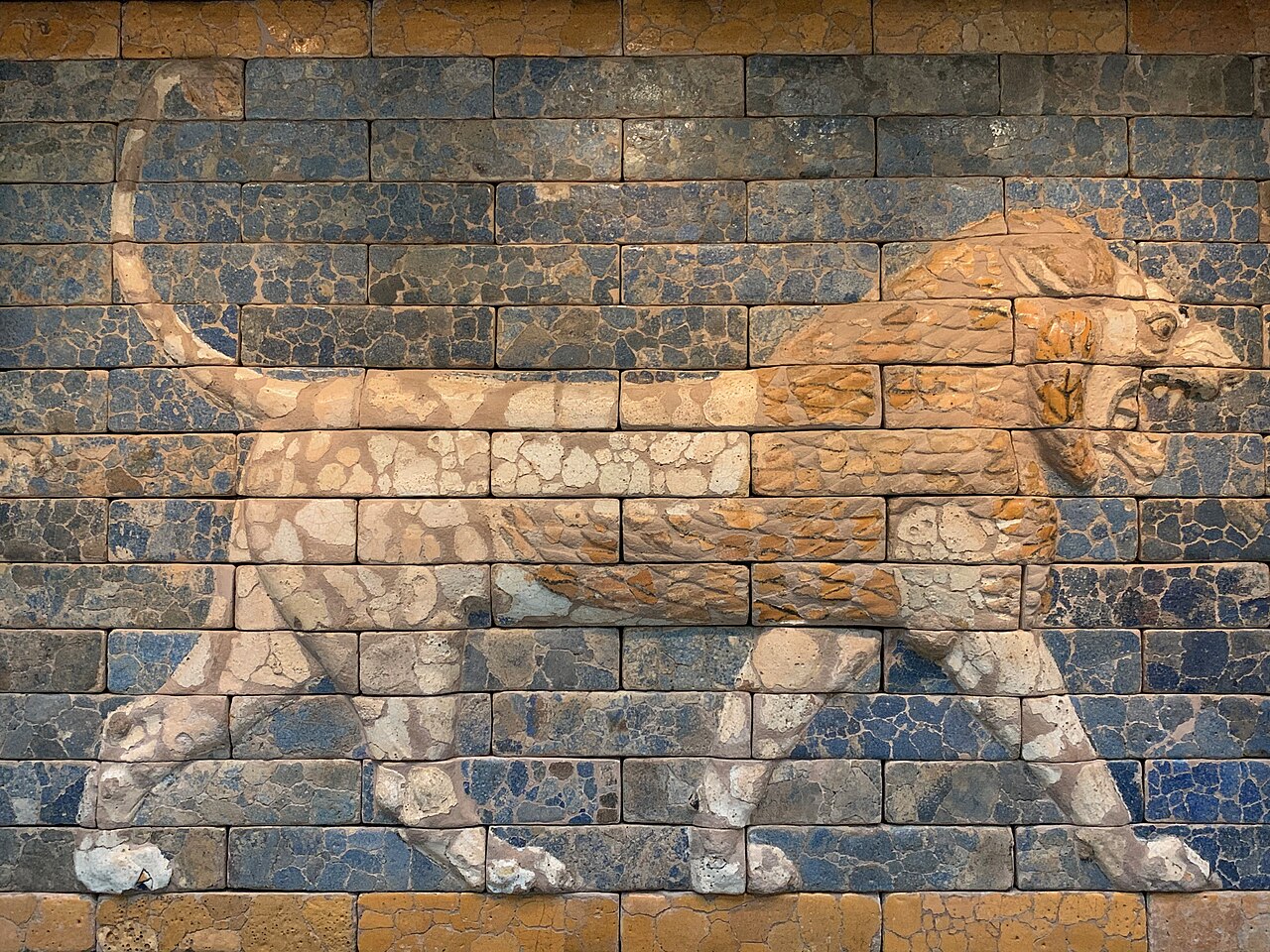
For centuries, the lion has reigned as a universal emblem of kingship. Its commanding presence graced royal insignias from Mesopotamia to modern Britain, reinforcing its status as a beast fit for monarchs. Ancient rulers even carved lions into palaces and temples to portray themselves as fierce yet divinely protected.
The Double-Headed Eagle
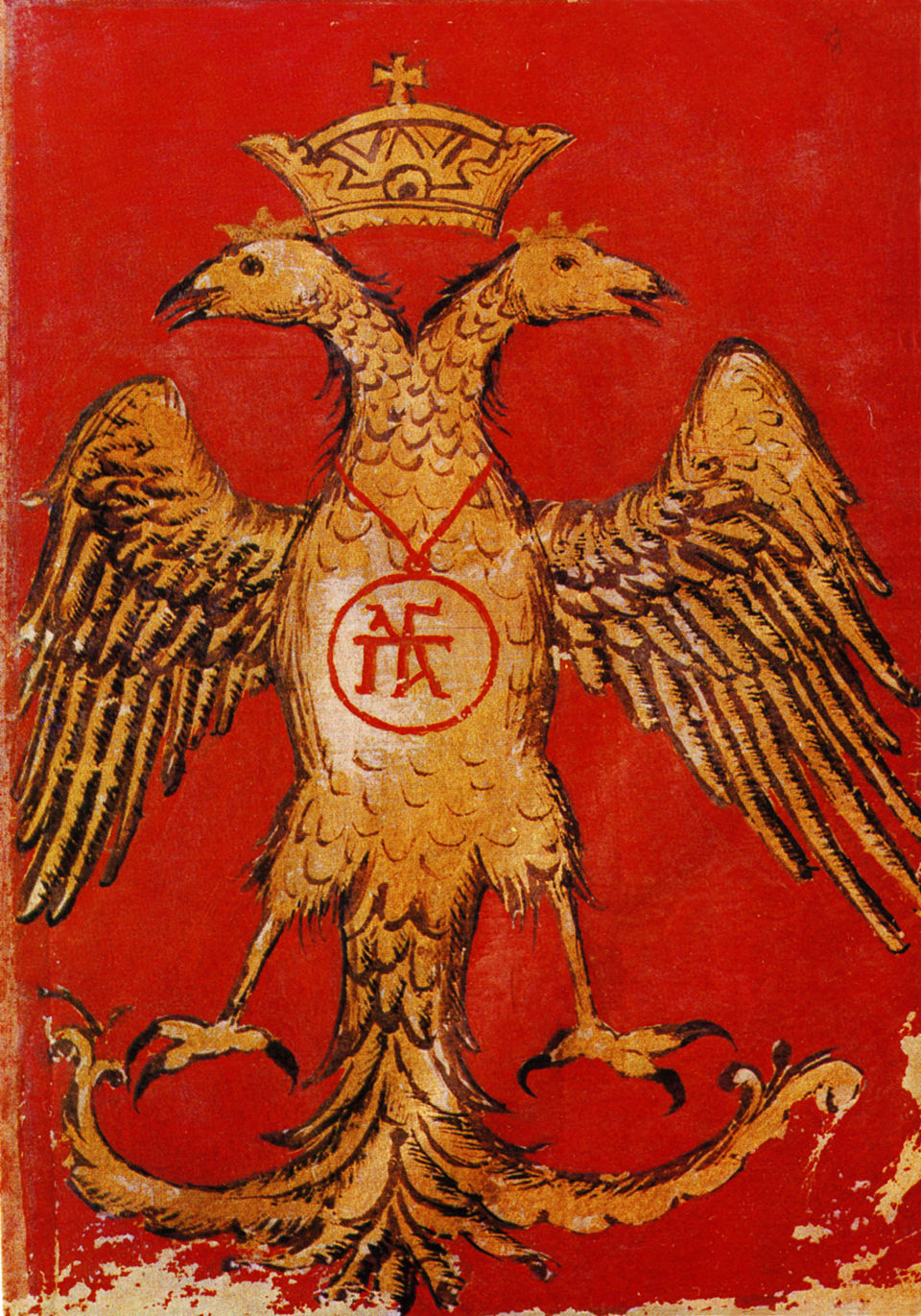
With one head eyeing the East and the other scanning the West, this bird once reigned over both the Byzantine and Holy Roman Empires. It stood for total control, both in spiritual matters and state affairs. Basically, if you saw this bird, you knew the ruler wasn’t playing around. And guess what? It’s still strutting its stuff on modern flags in places like Russia and Albania.
The Sword Of Damocles
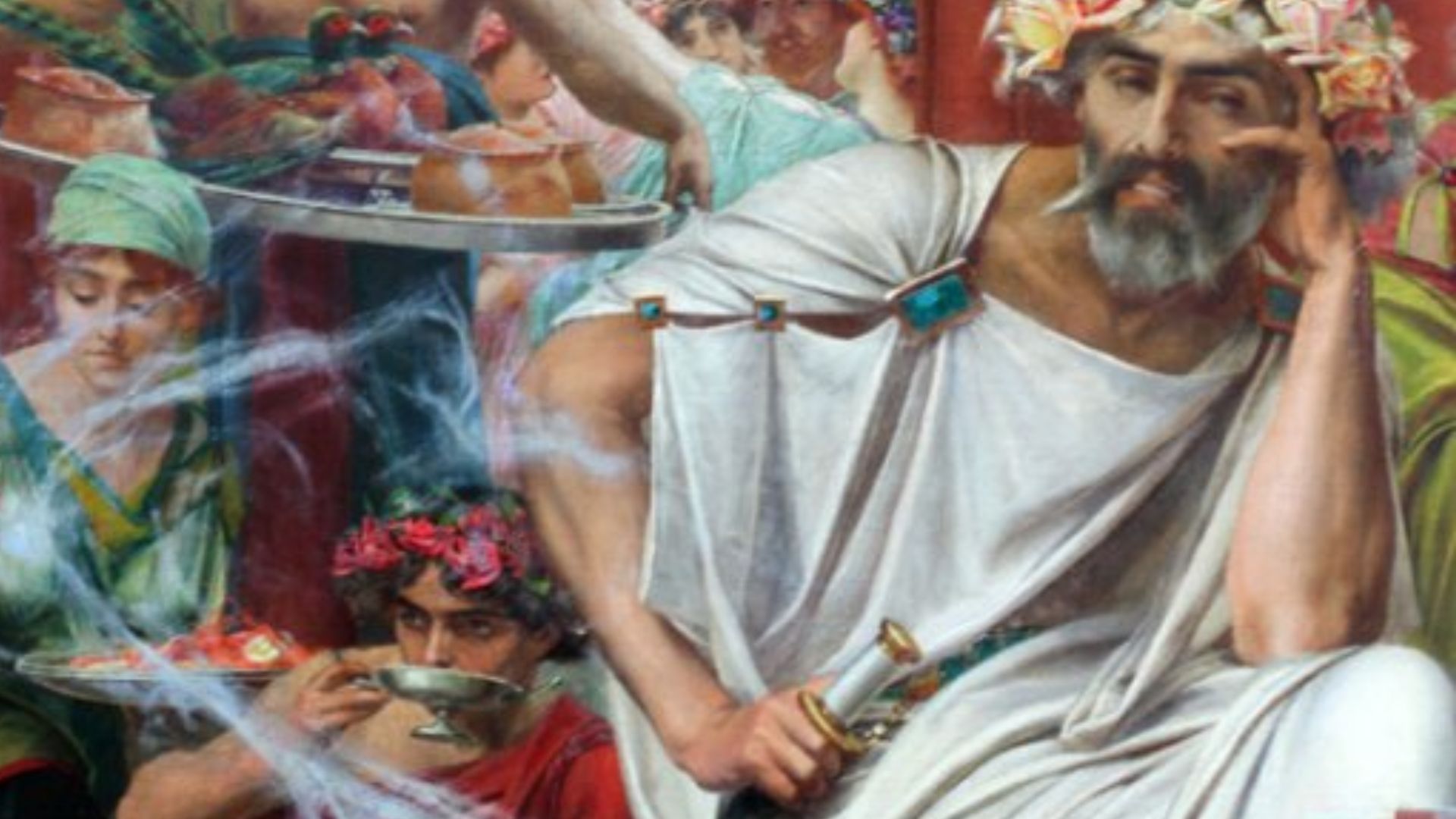
When Damocles briefly sat on King Dionysius II’s throne, he noticed a sword suspended above him by a single thread. The message was unmistakable: authority invites risk, and even luxury can’t dull the weight of responsibility. This ancient Greek tale, recorded by Cicero, changed into a lasting symbol of the constant tension that shadows leadership.
The Throne
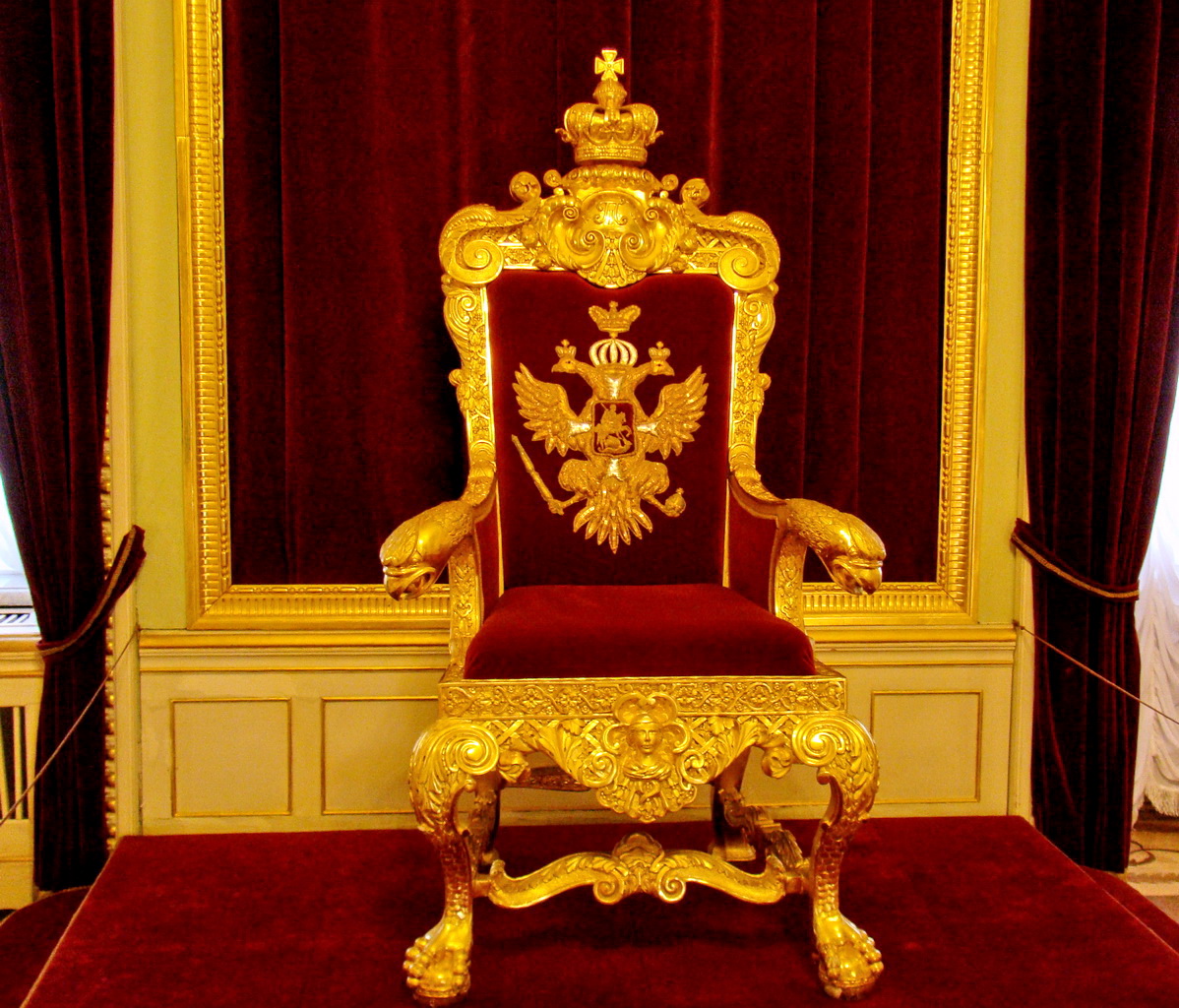
Positioned at the heart of royal ceremonies, the throne marked where power resided. Rulers were seen as chosen figures carrying divine responsibility. Even today, the word “throne” shapes how we speak about power, which extends its legacy into modern institutions where tradition echoes in every title and seat.
The Ankh
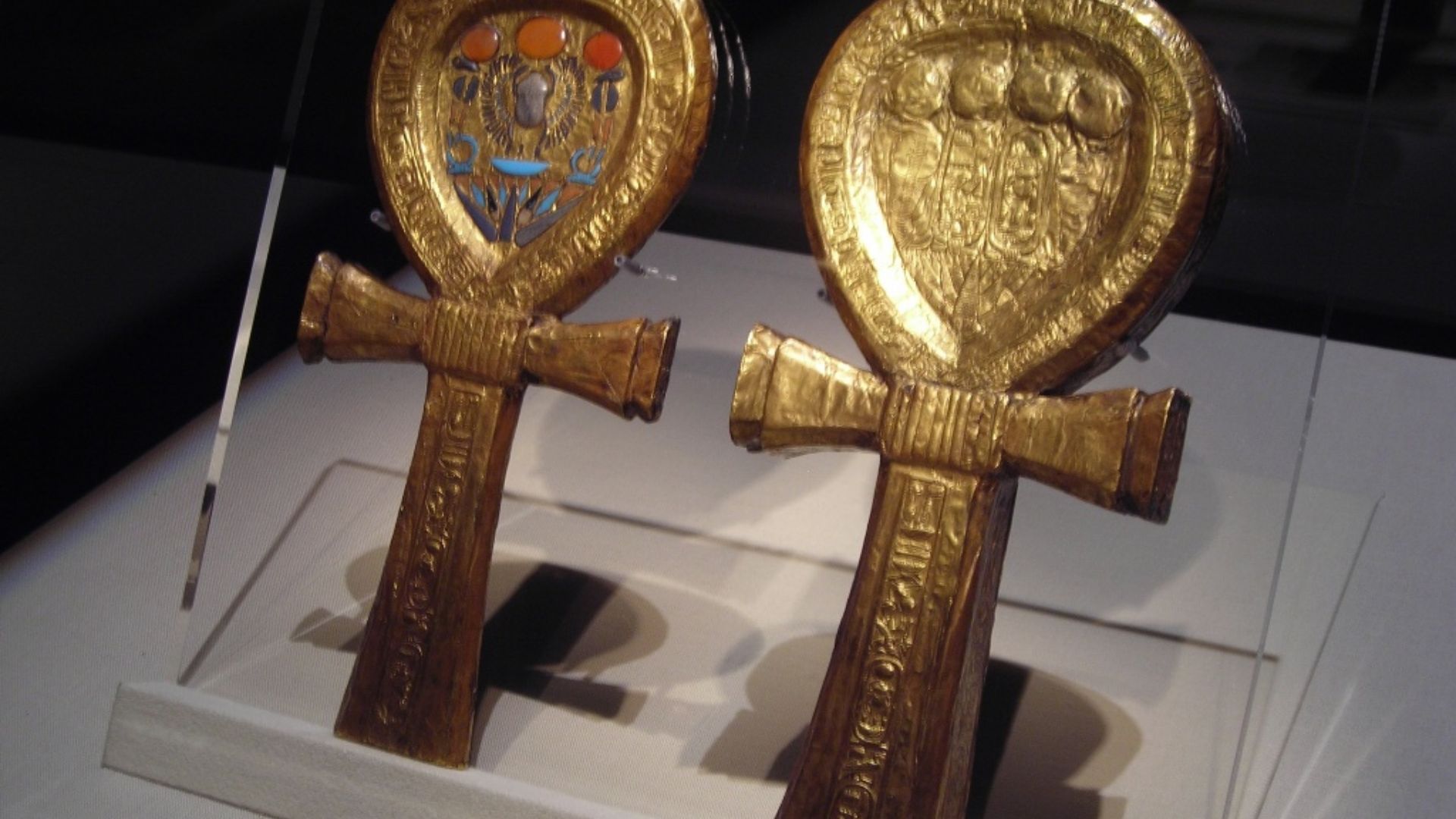
The ankh, with its looped top and cross-like shape, was ancient Egypt’s symbol for life itself. Often seen in the hands of gods and pharaohs, it represented eternal life, fertility, and rebirth. Think of it as the Egyptians’ sacred key to the universe—linking the earthly, the divine, and the afterlife in one elegant icon.
The Mace

During the Middle Ages, the mace served as a clear sign of a ruler’s ability to wield justice. Beyond its use in combat, it became a ceremonial object carried by officials and judges to represent lawful authority. In modern parliaments, it continues to signify the presence and legitimacy of governance long after its martial edge has dulled.
The Cross

The cross didn’t just belong in churches—it found its way onto crowns, robes, and royal crests, too. For Christian monarchs, it was proof of their divine backing. Rulers used it to signal that their authority came with heavenly approval. Some took it a step further by commissioning crosses made of gold and studded with gems.
The Hammer Of Thor

In Norse mythology, the hammer of Thor was a force of protection wielded by Thor to shield gods and mortals from chaos and giants alike. More than myth, it became personal, as Vikings wore Mjölnir amulets into battle. And while its roots are ancient, Mjölnir strikes a chord in modern pop culture, reminding us how enduring symbols of power can be.
The White Elephant

These pale-toned pachyderms were considered divine VIPs. The moment one was found, the royal court swooped in like it had discovered a miracle. Kings believed owning one meant the heavens were basically endorsing their reign by promising wealth, peace, and major bragging rights. Plus, these elephants got the five-star treatment.
The Oak Tree

Power grows in silence. The oak tree, with its massive trunk and deep roots, has long displayed endurance. It was sacred to Zeus, and medieval kings saw the oak as a natural reflection of their reign. In short, across mythologies, from Celtic tales to modern cultural symbols, the oak remains tied to leadership.
The Dragon
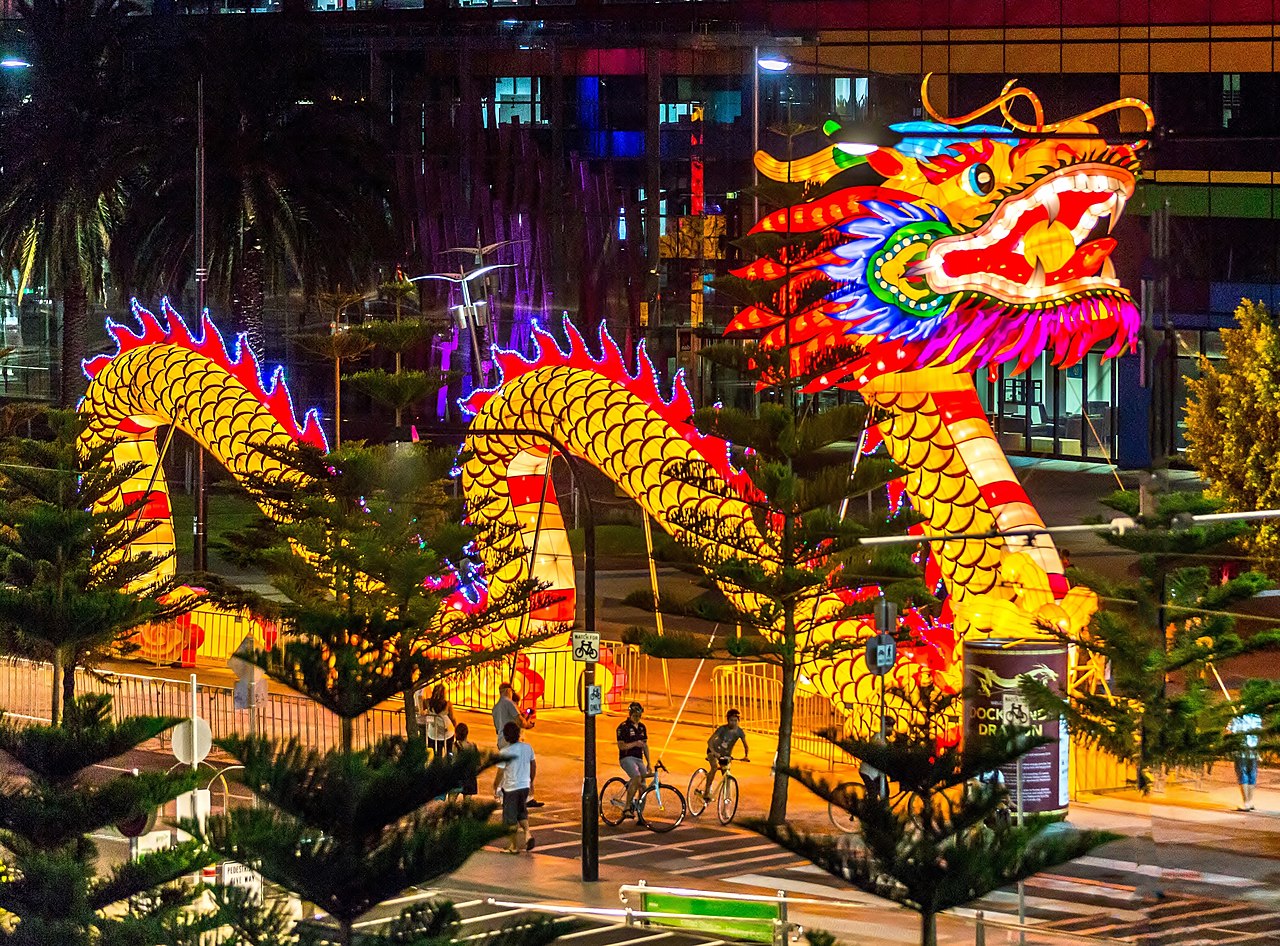
Symbolizing imperial authority, the dragon authorized the emperor’s command over the natural world and spiritual forces. Far from fire-breathing foes, Chinese dragons were seen as protectors, bringing strength, good fortune, and balance. Emperors were even called the “Son of Heaven,” with the dragon serving as their divine expression on Earth.
The Crown Of Thorns

Unlike gilded crowns of royalty, the Crown of Thorns speaks through pain rather than opulence. Placed on Christ’s head during his crucifixion to mock his title, it came to symbolize a different kind of authority—one rooted in sacrifice, not spectacle. Kept as a sacred relic in some traditions, it continues to hold weight.
The Broken Chain
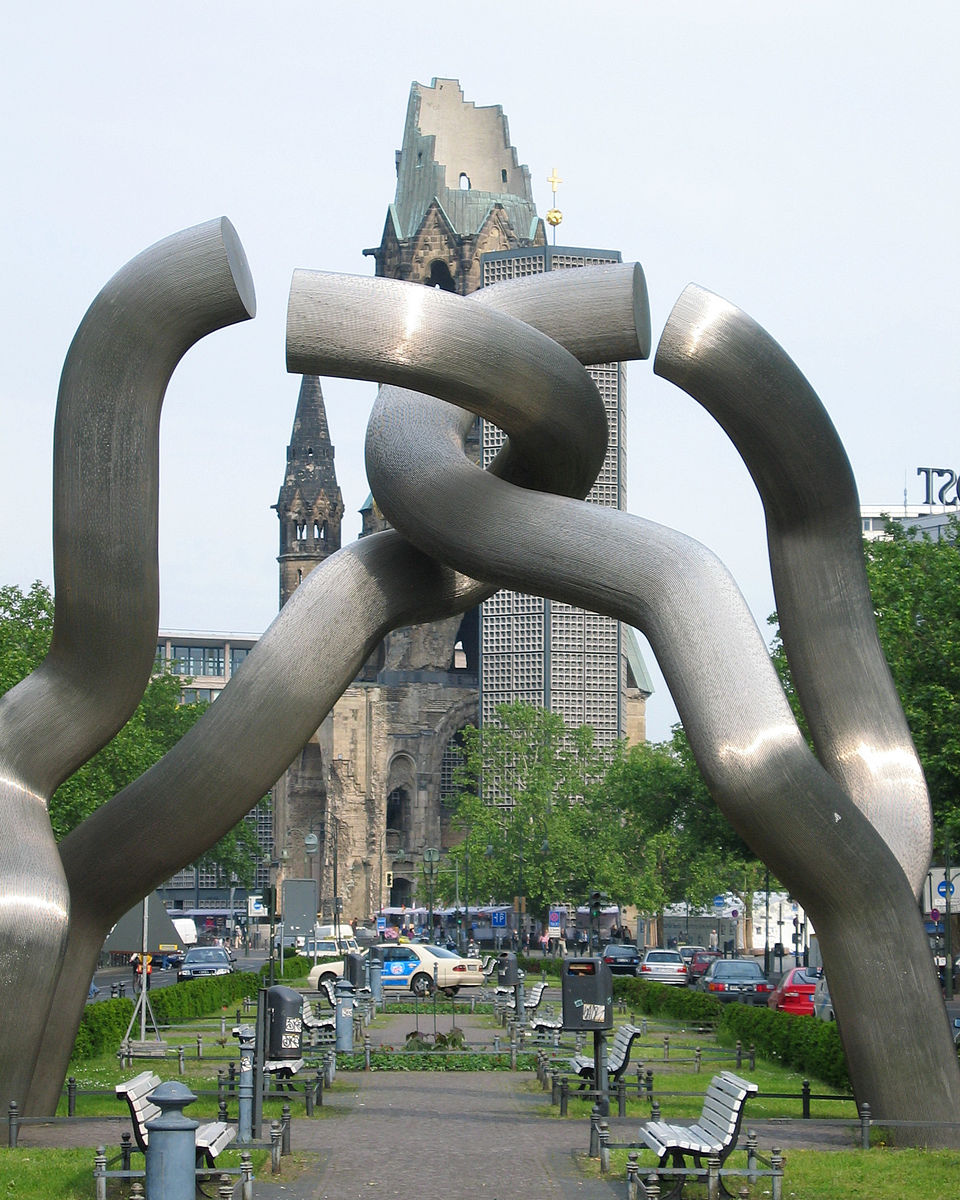
Long associated with the abolition of slavery, this symbol became a powerful image during the U.S. Civil War and the Emancipation Proclamation. It marked the end of forced labor and the start of a new path. Today, the broken chain appears in monuments and protest art, which reminds us that the fight for justice isn’t confined to one era.




